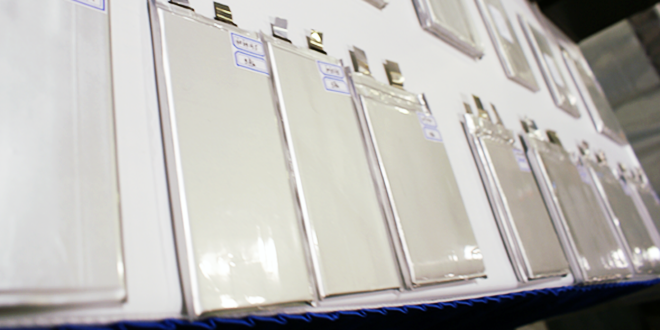Lithium-ion batteries typically include three components: active materials, conductive additives, and binders. A team of researchers at the University of Delaware recently discovered a sticky conductive material that could eliminate the need for binders.
“The problem with the current technology is that the binders impair the electrochemical performance of the battery because of their insulating properties,” says Professor Bingqing Wei. “Furthermore, the organic solvents used to mix the binders and conductive materials together not only add to the expense of the final product, but also are toxic to humans.”
As they reported in the journal ACS Nano, Wei and his team have discovered that fragmented carbon nanotube macrofilms (FCNT) can serve as adhesive conductors, combining two functions in one material. FCNTs are web-like meshes with “tentacles” that are coupled with active lithium-based cathode and anode materials, then assembled using ultrasound processing. The process employs no organic solvents.
“We’ve found that the adhesive FCNT conductors actually have higher adhesion strength than PVDF, the binder traditionally used in lithium-ion battery manufacturing,” says Wei. “We’ve also demonstrated that these composite electrodes exhibit higher electrical conductivity than traditional materials, and we’ve achieved these benefits in a low-cost green fabrication process that replaces toxic organic solvents with just water and alcohol.”
Source: University of Delaware via Green Car Congress



















































































